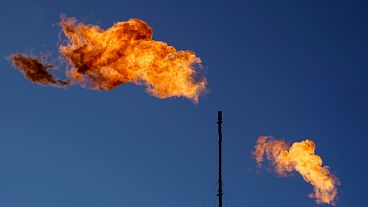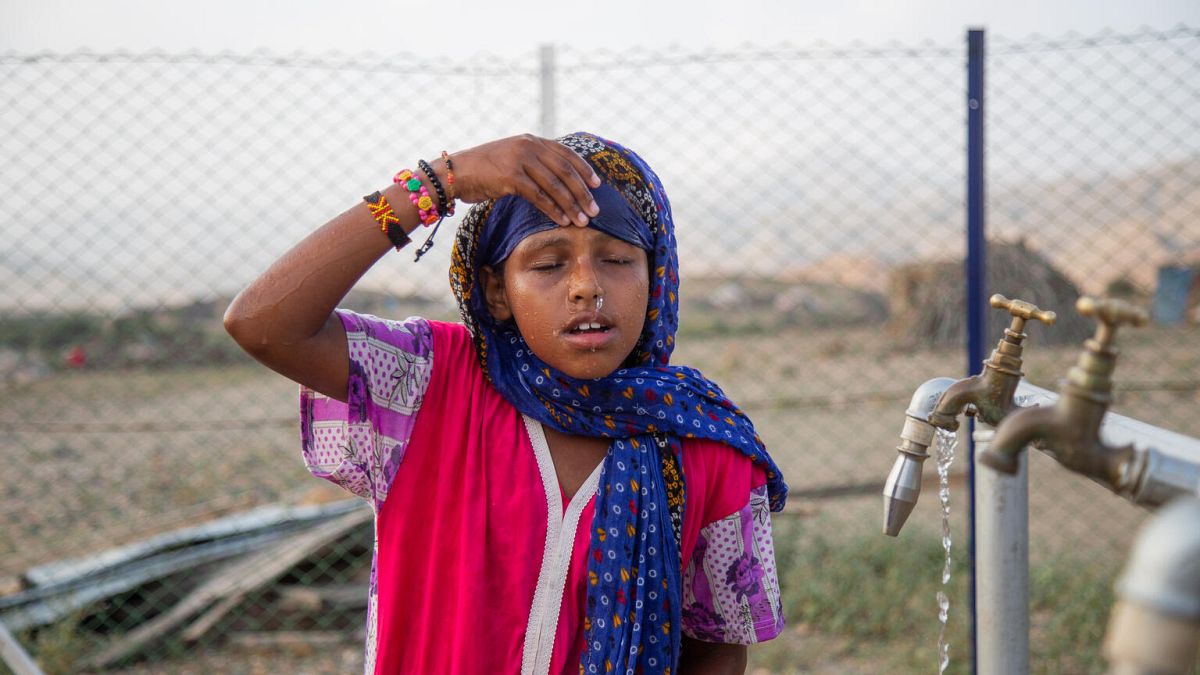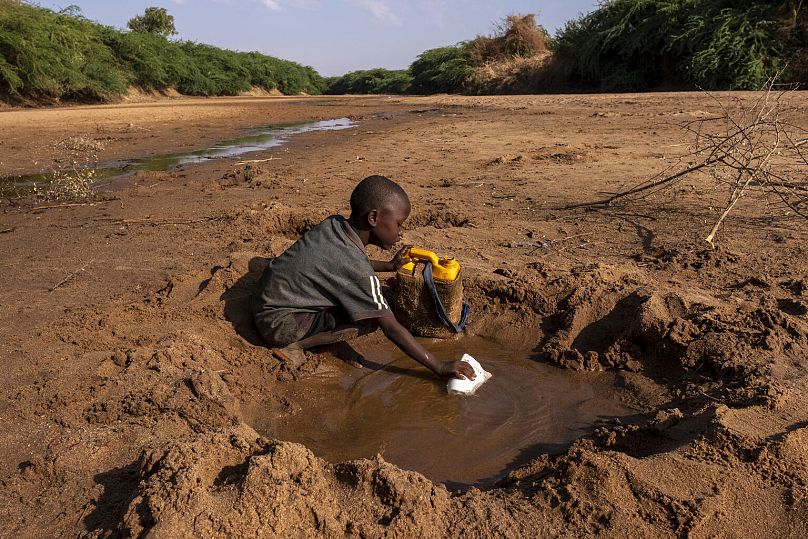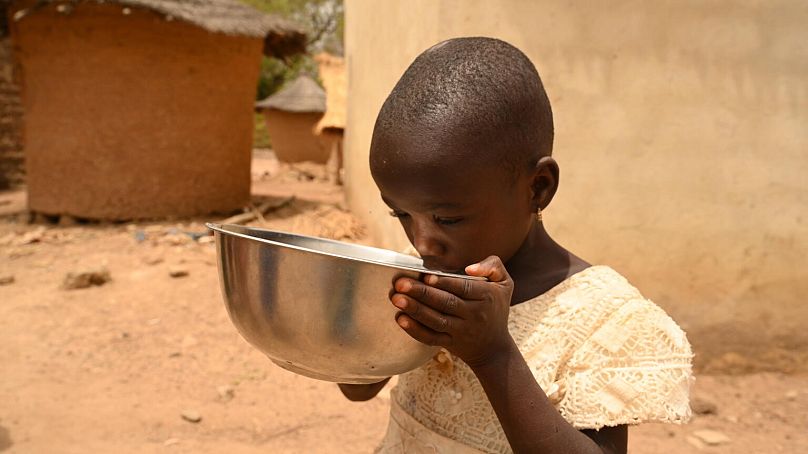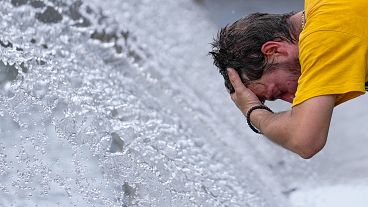United Nations analysis reveals that millions of children across the globe are at risk of heat-related issues, in part thanks to climate change.
As the world continues to heat up, close to half a billion children globally are living in regions that experience at least twice as many extremely hot days as their grandparents did.
That’s according to new research by the United Nations Children’s Fund (UNICEF).
The findings highlight the rapid escalation of extreme heat events, laying bare the fact that one in five children - that’s around 466 million - are exposed to these often dangerous conditions every year.
UNICEF compared data from the 1960s with the average temperatures from 2020-2024. In the process, they discovered a dramatic increase in the number of extremely hot days - defined as those exceeding 35 degrees Celsius.
The trend poses a serious threat for many, particularly children and other vulnerable groups who live in areas lacking the necessary infrastructure or services to cope with such extreme temperatures.
“What used to be the hottest summer days are now the norm,” Catherine Russell, UNICEF’s Executive Director, told AfricaNews. “This surge in extreme heat is disrupting children’s health, well-being, and daily lives.”
Where are people the most vulnerable to extreme heat?
UNICEF’s analysis shows that in 16 nations, children now endure over a month of additional extremely hot days every year compared to 60 years ago.
In South Sudan, the average number of extremely hot days rose from 110 in the 1960s to 165 today. In Paraguay, that number has nearly doubled from 36 to 71.
It’s children living in West and Central Africa who face the highest exposure to these dangerously hot days - and they’re increasing all the time.
In that region alone, the analysis shows that some 123 million children - 39 per cent - are suffering through extreme temperatures for more than a third of each year.
Countries including Senegal, Niger, Mali and Sudan are particularly affected - with children there forced to endure an average of at least 195 extremely hot days annually.
A further 48 million children living in Latin America and the Caribbean are currently residing in areas where the number of extremely hot days has doubled.
What damage can extreme heat do to young people?
Exposure to extreme temperatures poses unique health risks - particularly for children and pregnant women.
Without proper cooling interventions, rare in underdeveloped areas, heat stress can lead to severe complications, ranging from malnutrition to an increased vulnerability to diseases such as malaria and dengue fever.
Prolonged exposure to severely high temperatures can also have long-term impacts on children’s neurodevelopment, mental health and overall well being.
The impact of climate-related hazards on children is compounded further by factors including infrastructure damage, food and water insecurity and displacement.
What can be done to alleviate the situation?
UNICEF is calling on world leaders and governments as well as the private sector to address climate change, often the cause of extreme heat - and fast.
All member states involved in the Paris Agreement are obliged to submit new national climate plans - called Nationally Defined Contributions (NDC 3.0) - in the next few months.
Those plans are expected to set out the future of climate action in keeping with the terms of the Agreement.
UNICEF has reiterated its aims for every child, saying they are entitled to a clean, healthy and sustainable environment.
The organisation has laid out its plans to meet these goals, starting with an urgent need to reduce emissions and meet international sustainability and climate change targets to stabilise rising temperatures.
It also wants to adapt essential social services to withstand a changing climate and more frequent disasters alongside environmental degradation. To aid this transition, health workers will be trained to detect and treat heat stress and make health and education facilities resilient to extreme heat.
UNICEF will also aim to educate children while they’re young, so they become life-long advocates for the environment.
“Children are not just small adults; their bodies are much more vulnerable to extreme heat,” Russell added. “Rising temperatures pose a particular risk to children, especially babies, whose bodies heat up faster and cool down more slowly.
“Governments have a critical opportunity to act now, as they draft their national climate action plans, to ensure that today’s children and future generations can thrive in the world we leave behind.”


